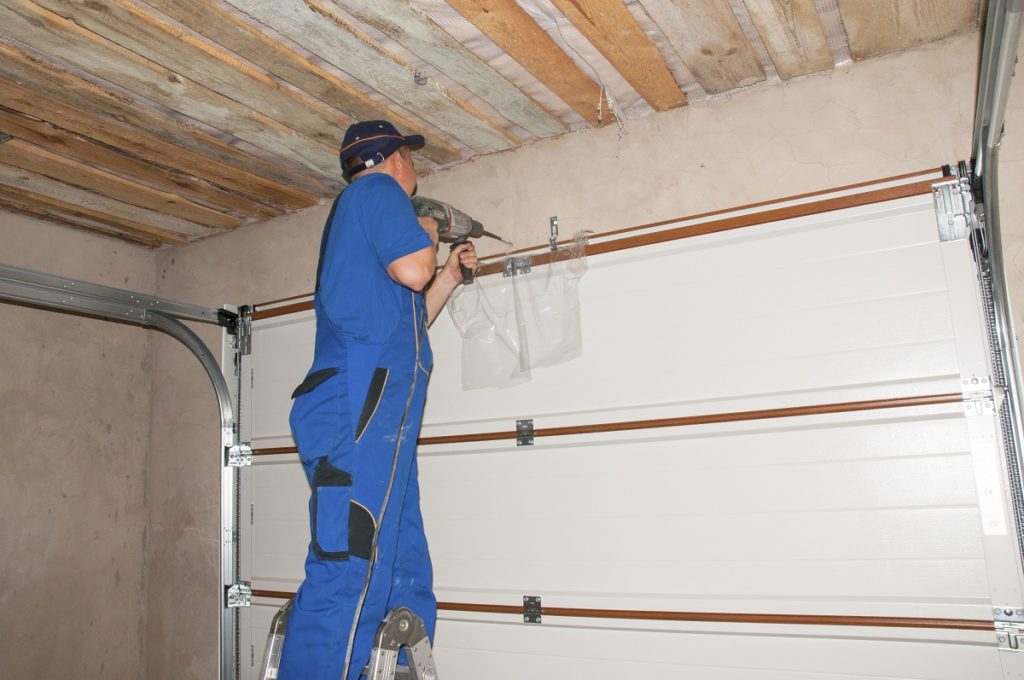As the weather outside gets colder and the days get shorter, you may find yourself spending more time indoors. And while there’s nothing wrong with cozying up at home with a cup of hot cocoa and a good book, no one likes being cold. If your home isn’t as warm as you’d like it to be, don’t worry—there are plenty of things you can do to make it warmer without busting your budget. Read on for tips on keeping your home warm this winter.
1. Increase insulation.
One of the best ways to keep your home warm is to ensure it’s well-insulated. Adding insulation to your walls and attic is a great way to keep heat from escaping and will help keep your home warm all winter long. Many hardware stores offer do-it-yourself insulation kits, or you can hire a professional to do the job for you.
When installing insulation, seal any gaps or cracks around windows and doors to prevent heat loss. You want to ensure your home is as airtight as possible to keep the warm air in. Depending on the type of insulation you choose, it can also help reduce noise from outside, making your home even cozier. If you live in an older home, insulation can also help protect against drafts.
2. Ready your fireplace.
If you have a fireplace you don’t use regularly, now is the time to prepare it for winter. Start by having it inspected and cleaned by a professional to ensure it’s safe to use. Once it’s ready to go, stock up on quality firewood, so you’re never caught without a cozy fire.

Consider investing in a quality bioethanol indoor fireplace if you don’t have a fireplace. These fireplaces are safe to use indoors and don’t require a chimney. They’re also easy to install and can add a touch of luxury to any room. Some models even come with a remote, so you can control the flames from the comfort of your couch.
3. Install weatherstripping.
Another way to prevent heat from escaping is to install weatherstripping around doors and windows. This will help create a tight seal that keeps the warmth and the cold out. You can find weatherstripping at most hardware stores. Be sure to choose the right type for your needs—there are different types of weatherstripping designed for doors and windows.
Installing weatherstripping is a relatively easy do-it-yourself project, but it’s essential to do it right to ensure an airtight seal. Start by cleaning the surface around the door or window to be sure the weatherstripping will adhere properly. Then, apply the strips and use a utility knife to trim any excess.
4. Use window coverings wisely.
During the day, open your curtains and let the sunlight in—it’ll help heat up your home naturally. At night, close them up to help keep the heat in. Consider investing in heavy curtains or blinds to help insulate your windows even further. You want to ensure your windows are as covered as possible to prevent heat from escaping.
Double-paned windows can also help keep heat in and cold out. These windows have two layers of glass with a space in between, which acts as an insulator. If you don’t have double-paned windows, you can use a window film to create a similar effect.
5. Close off unused rooms.
If you have rooms in your house that you aren’t using, close the doors to help prevent heat from escaping into those areas. That way, you can focus on heating the areas of your house that you actually use regularly. Some people also close off vents in unused rooms to help redirect heat to other areas of the house.
If you have a particularly drafty room, you can also use a space heater to help heat it without raising the temperature in the rest of your house. Just be sure to turn it off when you’re not using the room to avoid wasting energy. Make sure the space heater is placed on a level surface and keep it away from flammable objects, like curtains or furniture.
6. Lower the temperature on your water heater.
You might not realize it, but water heater temperatures are often set higher than they should. As a result, they can end up costing you more money than necessary. Most people only need their water heater set between 120°F and 140°F. Any higher than that is just wasted energy. So save yourself some money this winter by lowering the temperature on your water heater—you probably won’t even notice the difference.
By following these tips, you can keep your home warm this winter without spending a fortune on heating bills. So take some time to insulate your home, install weatherstripping, and use window coverings wisely—your wallet (and your family) will thank you! With a little effort, you can make your home cozy and comfortable all winter long.

